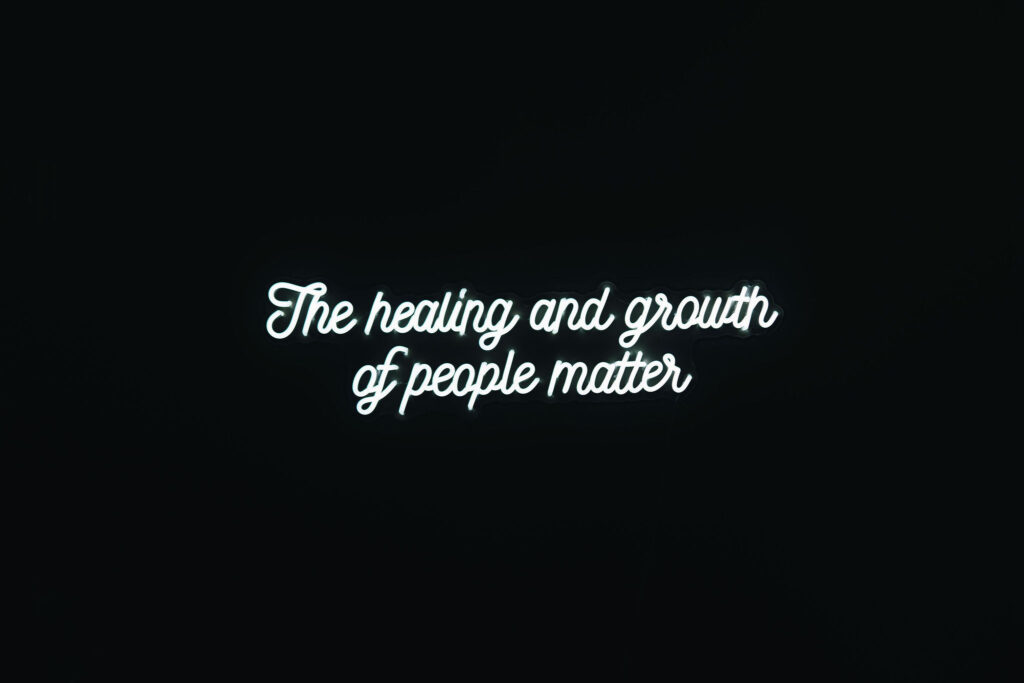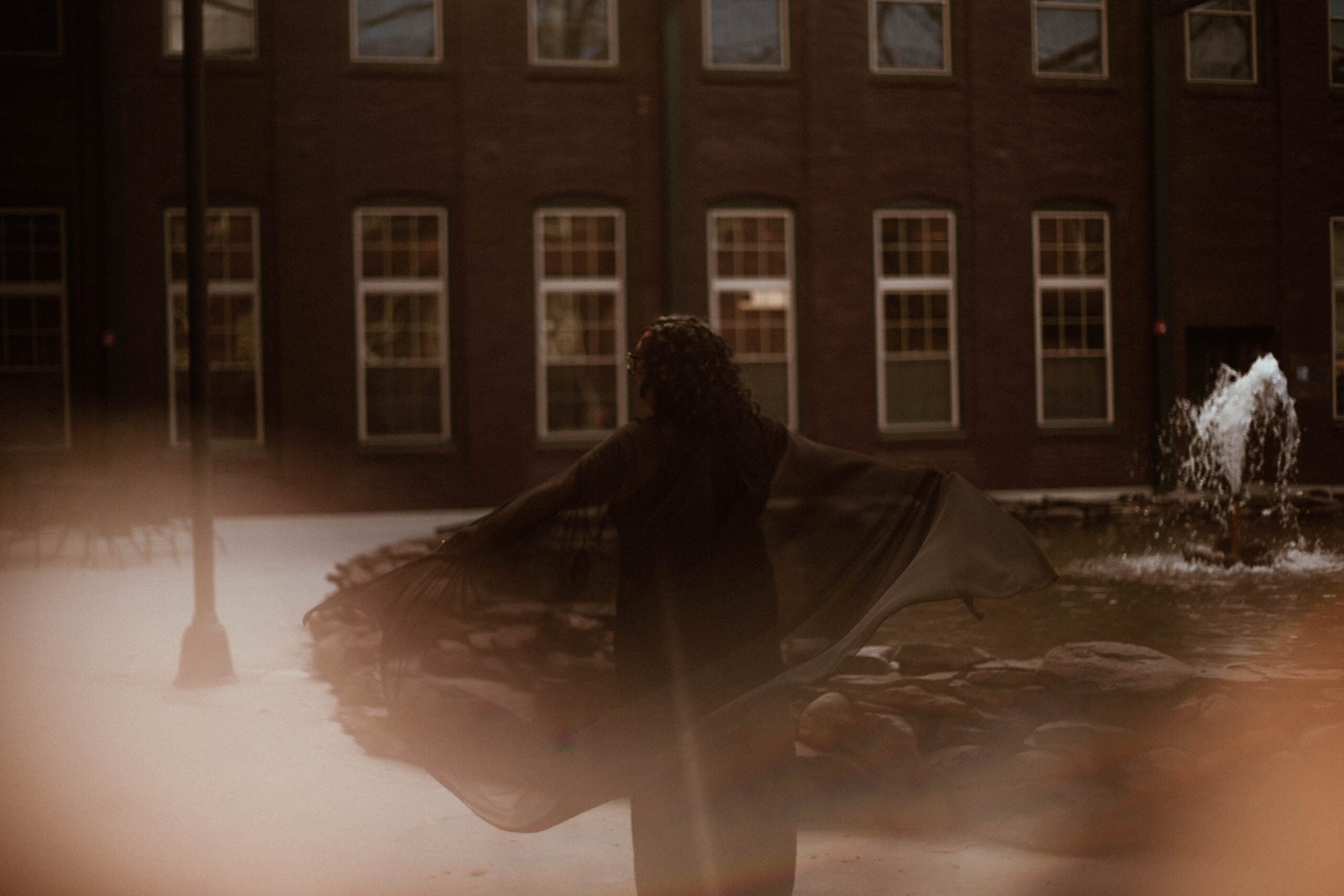Dear HRart Worker,
Are you familiar with Organizational Decline Theory? If not, you might want to check out my previous blog post, “The Basics of Organizational Decline Theory.” In it, I outline the theory’s foundations, the five stages of organizational decline, and the early warning signs that could indicate your company is at risk.
While fluctuations in performance are normal, failing to recognize rapid changes can significantly impact an organization’s future. By understanding three conceptual views of decline—the Life-Cycle Model, the External Model, and the Internal Causes Model—you can equip your organization to identify risks and seize opportunities for reinvention.
The Life-Cycle Model
The Life-Cycle Model compares an organization’s evolution to the human lifespan, dividing it into four stages: Introduction, Growth, Maturity, and Decline.
- Introduction/Startup: In this phase, companies focus on developing new ideas and building a solid foundation. Many startups fail due to financial challenges or lack of partnerships. Those that succeed transition smoothly into the growth phase.
- Growth: Organizations in this phase establish themselves in the market and experience rapid expansion. For example, Airbnb gained momentum in 2011 and entered a phase of rapid growth that propelled it toward maturity.
- Maturity: At this stage, companies experience dependable profits and incremental growth. Coca-Cola exemplifies a mature company, consistently innovating to maintain customer interest while solidifying its market position.
- Decline: Companies unable to adapt to market demands face declining profits and performance, potentially leading to bankruptcy if left unchecked.
Disadvantages: While this model provides a clear framework, it doesn’t account for companies that defy the decline stage through innovation, such as Lego. After a sales drop in 2003, Lego reinvented itself with new product lines, proving that decline isn’t inevitable.
The External/Environmental Model
This model emphasizes how external changes—economic, technological, social, or environmental—impact organizations. Companies that fail to adapt to these shifts risk decline.
Types of Changes:
- Continuous Changes: These are more noticeable and often reflected in financial performance.
- Episodic Changes: These subtle changes can evolve into continuous ones if not addressed.
Examples of External Factors:
- Competition: Failing to innovate allows competitors to gain an edge.
- Economic Trends: A downturn can increase unemployment, reducing demand.
- Technological Advancements: Keeping pace is essential for relevance.
Disadvantages: While external factors play a significant role, they are often intertwined with internal factors, such as how leadership chooses to respond to challenges.
Internal Causes Model
The Internal Causes Model focuses on how internal resistance to change can lead to decline. Five internal factors often contribute:
- Company Culture: Outdated policies or lack of alignment with employee values.
- Staffing: Low employee satisfaction or ineffective training.
- Finances: Failure to invest in innovation or competitive wages.
- Technology: Outdated tools or resistance to adopting new ones.
Disadvantages: Like the External Model, this theory is incomplete on its own, as internal and external factors are deeply connected.
Which Theory Should We Use?
All three.
These models remind us of the importance of listening to our organizations—internally and externally. By considering life cycles, external factors, and internal dynamics, businesses can identify risks early and adapt to overcome challenges.
Decline doesn’t have to signal the end. Acknowledging it opens the door for reinvention, allowing organizations to reimagine their processes, make an impact, and thrive.
Sincerely,
Grace (she/her/hers)


